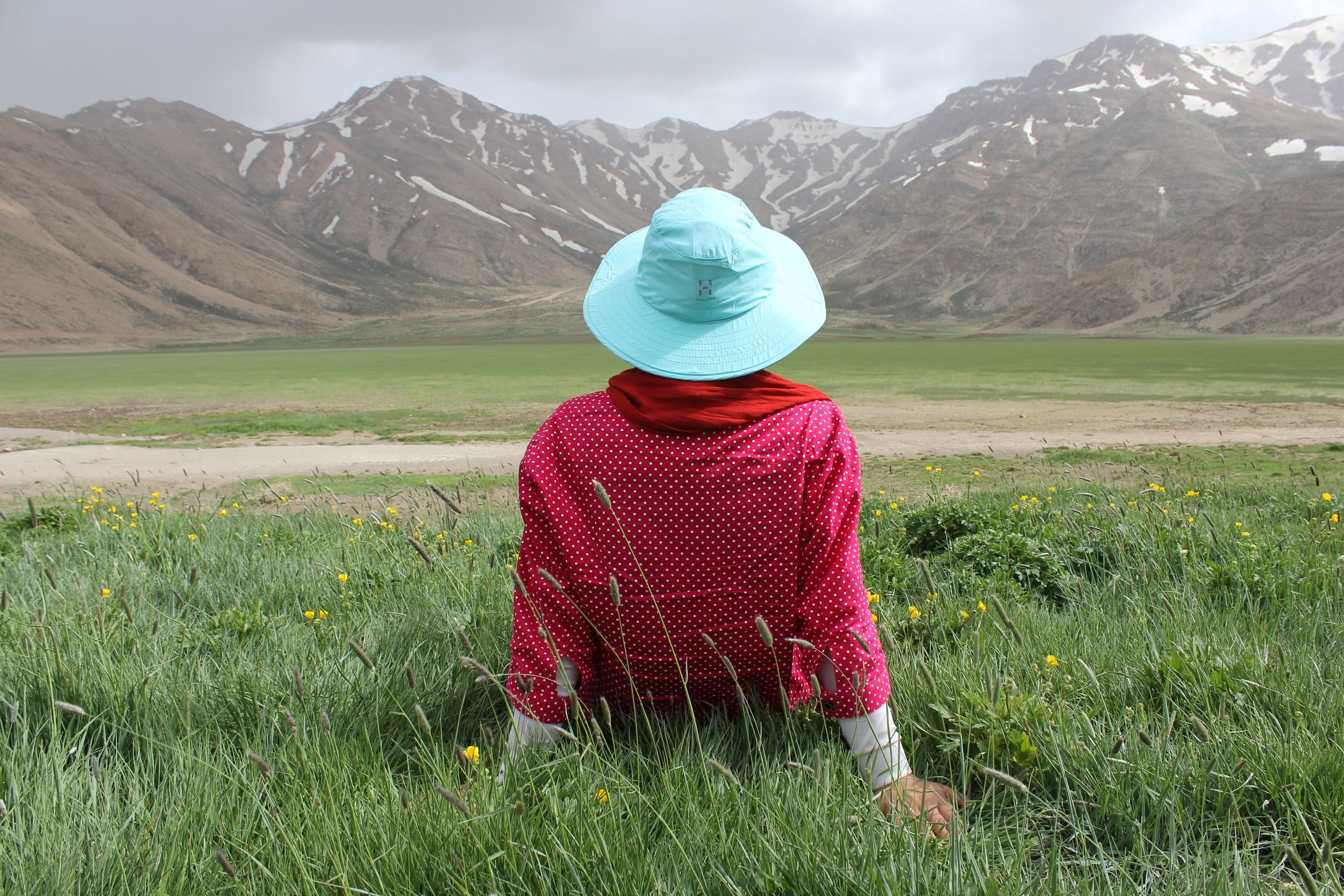This semester, I was determined to draw a hardline around phone use in my classroom. My message from the beginning was this: No phones out, I don’t want to see them, or I’ll take them. For the most part, they followed instructions, though every few days I would have to take a phone away. And then, I started to notice if I would leave the room to check on someone in the hallway, inevitably kids would have them out when I came back in. “I needed to check the time,” they’d wail, though there is a clock on the wall. “I swear I was just reading the article,” they’d defend, though I could see their thumbs moving.
All of the sudden I realized I was playing a game of cat and mouse, and I didn’t like it.
I started wondering about the rule I had created and the consequences. What did I want them to learn from my rule about the phones, and were they learning it? My sense was, instead of internalizing some important social morays around phone use, they just saw me as an annoying authority figure to be worked around.
So when we got to the unit of tech use, I invited them to share their concerns with me, and I shared my concerns with them. I told them more concretely the reasons I had my phone policy, and invited them to share with me what they thought the optimal phone policy would be. I took their feedback seriously, and today let them know my new guidelines: no phones out at the beginning of class or during discussion. They could have their phones face down and listen to music during independent work time, as per their request. I told them if they really needed to get in contact with someone, they could step into the hall and deal with it, just as adults do in meetings. But I want them to practice using them responsibly. I want them to be reflective in their use, instead of habitual.
Sometimes, I can get so married to the way things “should” be, I lose track of the way things are. I can get inflexible in my thinking in the name of some ideal, instead of realistic in the face of what is in front of me. If I don’t notice this, I end up with unintended consequences of my rigidity.
I invite you to be open and clear-sighted in your thinking and evaluation of your own expectations and rules in the classroom. Is what you have established creating the environment you seek, or is it holding you to some impossible standard that doesn’t teach the lesson you want your students to learn?




















